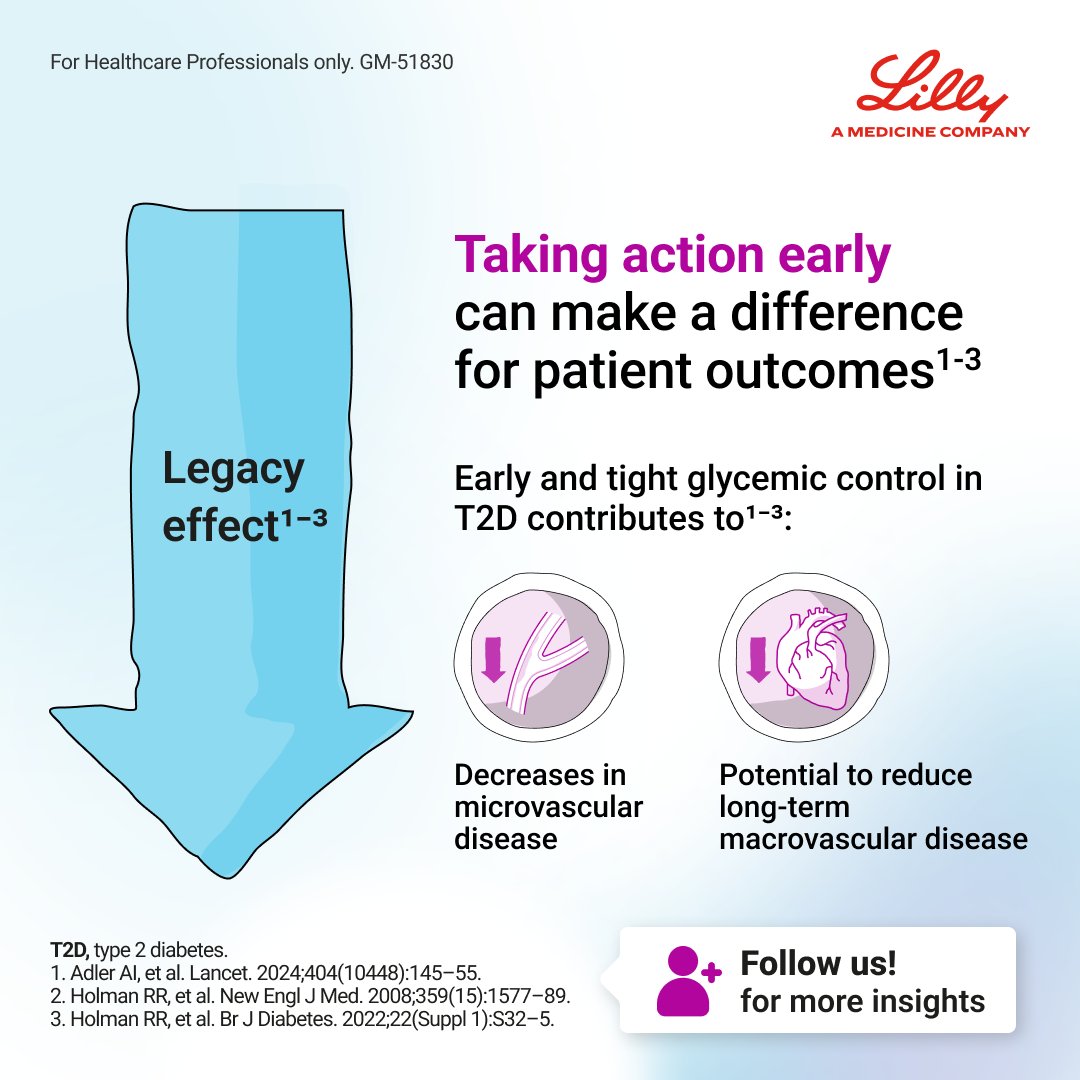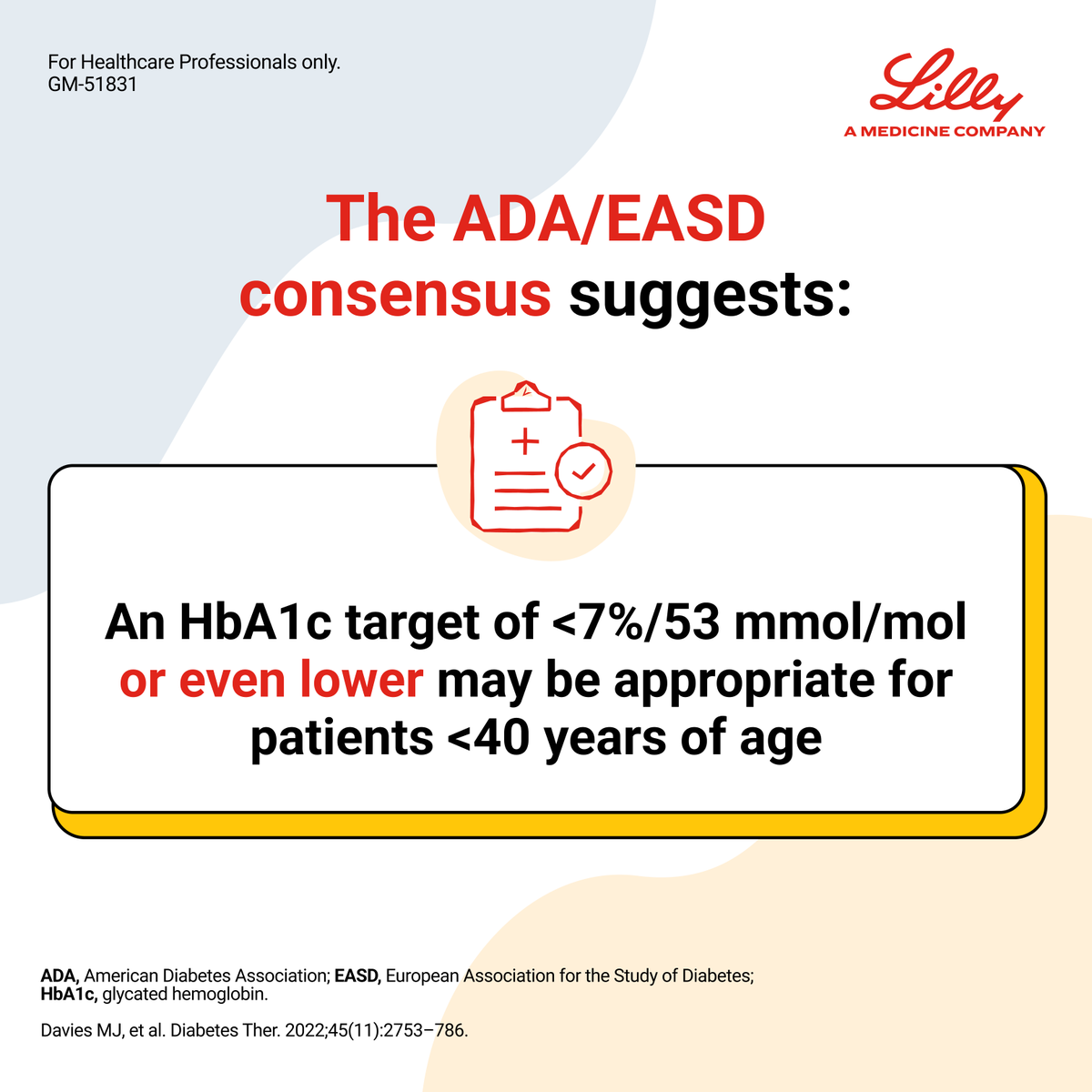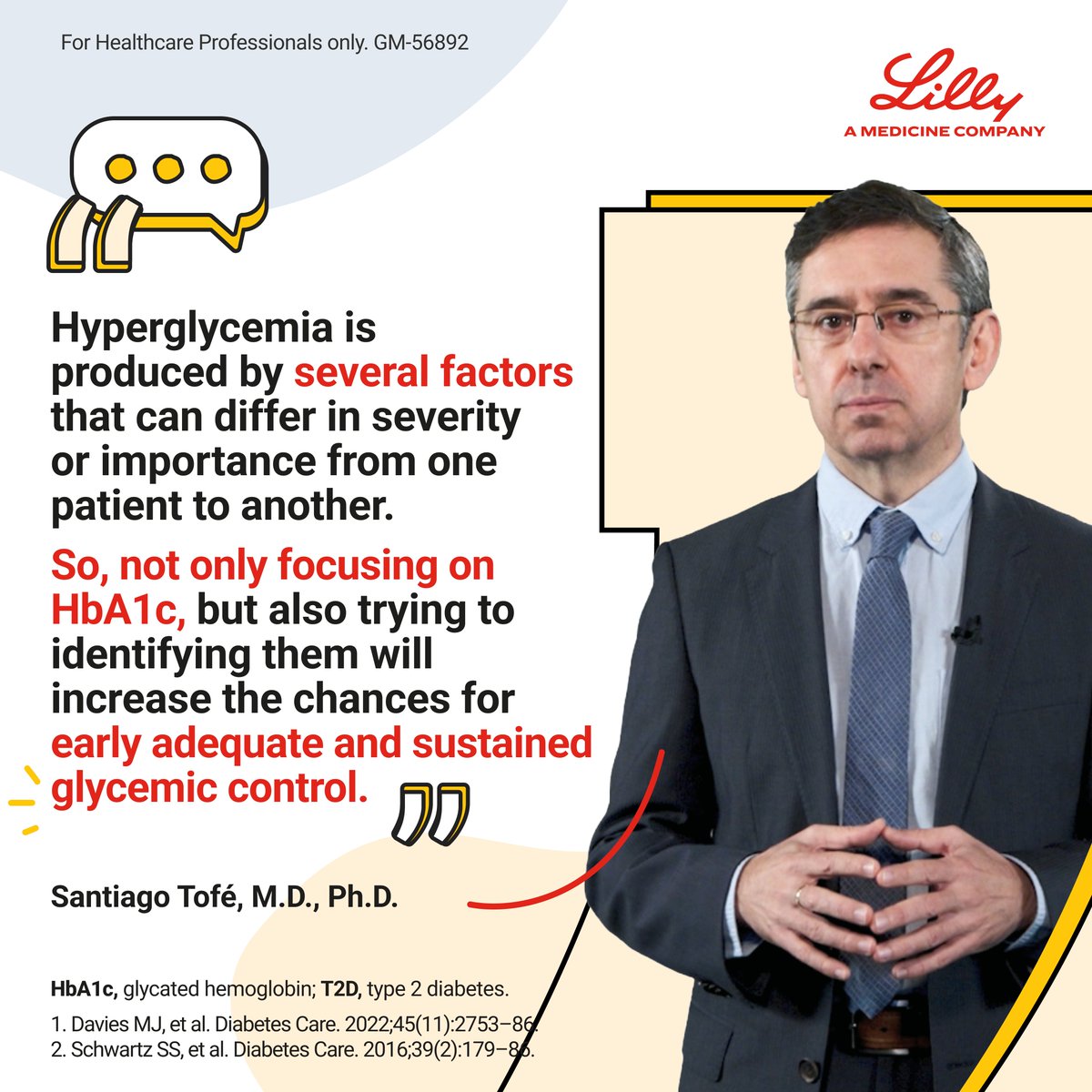
Lilly Diabetes International
@lillydiabetesin
Channel for the Professional Diabetes Community. Follow us for congress news, interviews & useful Diabetes info. X guidelines. e.lilly/3XKThyc
ID: 1512174131843899396
07-04-2022 21:03:12
108 Tweet
532 Followers
0 Following




































